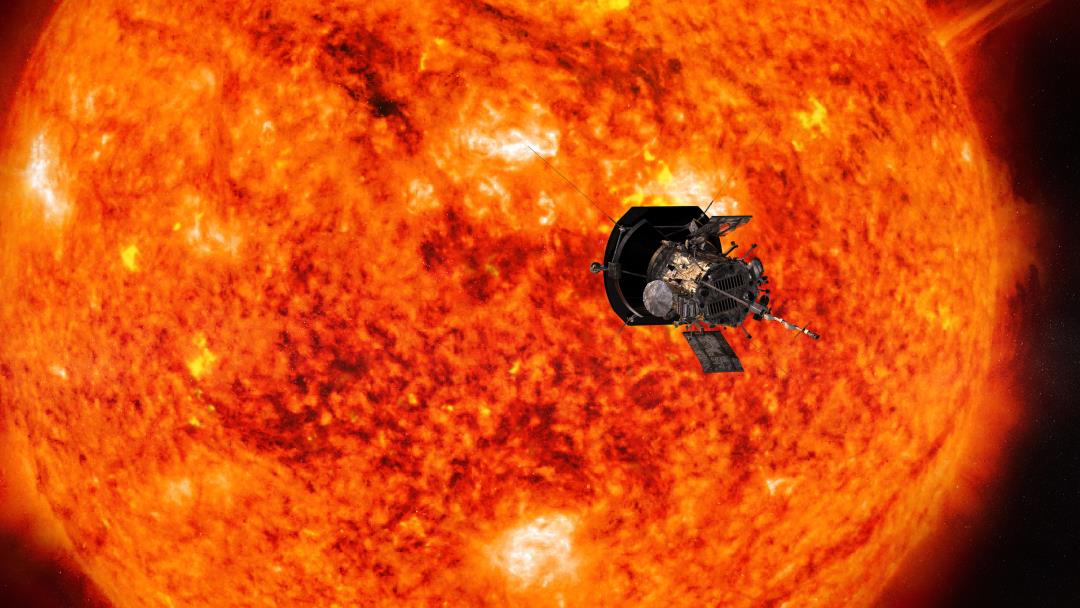
A solar probe has successfully traversed a massive solar eruption, which NASA refers to as “one of the most powerful coronal mass ejections (CMEs) ever recorded.” The Parker Solar Probe, the spacecraft that has ventured closest to the sun’s surface than any other, encountered and captured footage of the intense eruption from the sun’s outer atmosphere, also known as the corona, on September 5, 2022, as stated in a NASA press release. The probe’s survival is not only a remarkable engineering feat but also a significant achievement for the scientific community, as it contributes to the validation of a theory proposed 20 years ago. In 2003, it was initially suggested that CMEs interact with space dust orbiting the sun, causing it to disperse outward. However, proving this theory from a distance presented challenges.
In the midst of the action, the Parker Solar Probe witnessed such an event, as reported by CBS News. Guillermo Stenborg, an astrophysicist at the Johns Hopkins Applied Physics Laboratory (APL) and lead author of a study published earlier this year in the Astrophysical Journal, explained, “Parker Solar Probe observed a CME behaving like a vacuum cleaner, removing dust from its path.” NASA further added, “The CME pushed the dust as far out as 6 million miles from the Sun, approximately one-sixth the distance between the Sun and Mercury. However, the interplanetary dust in the solar system replenished this ‘dust depletion’ almost instantly.” The decrease in brightness observed in the probe’s camera images indicated the effect of dust reflecting light.
It remains uncertain whether this phenomenon occurs with less powerful CMEs. Nevertheless, experts anticipate that the probe will continue to offer valuable insights into these eruptions, which possess the potential to disrupt communication and navigation systems on Earth and even cause power grid failures. “During its mission, Parker Solar Probe spent approximately two days observing the CME, becoming the first spacecraft ever to directly pass through a powerful solar explosion near the sun,” elucidated APL, as reported by Mashable. CBS mentioned that further research can aid scientists in predicting the speed of CMEs traveling from the sun to Earth, ultimately improving forecast accuracy for their arrival. CMEs have already induced an ongoing geomagnetic storm that allowed the aurora borealis to be visible as far south as Nebraska, as reported by Newsweek. (Read more space stories.)
Denial of responsibility! Vigour Times is an automatic aggregator of Global media. In each content, the hyperlink to the primary source is specified. All trademarks belong to their rightful owners, and all materials to their authors. For any complaint, please reach us at – [email protected]. We will take necessary action within 24 hours.


